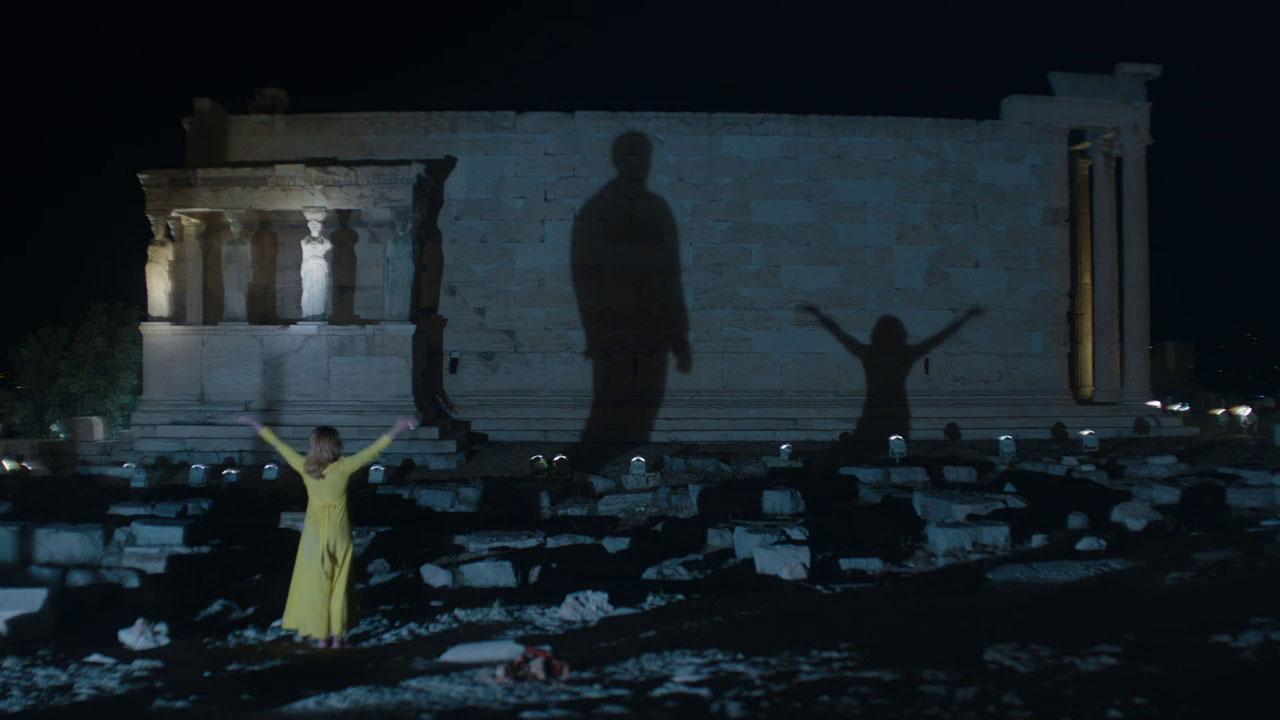So soon after Train Dreams, here’s another new movie people are attacking for botching its adaptation of an original work (in this case the Korean movie Save The Green Planet!) but which I watched in blissful ignorance of the original work and greatly enjoyed. Theoretically not a fun movie, as a conspiracy obsessive and his dim relative kidnap and torment a businesswoman into confessing that she’s a space alien, but I cackled more than once, then floated away happily after she escapes to her ship and kills all the humans.

Stone and Plemons and his cousin Aidan Delbis are the whole show, though Stavros Halkias shows up as a perv cop just long enough to get murdered by bees. Not until after the kidnapping and head-shaving does Jesse let us know that he thinks she’s an alien. More of his craziness is gradually unveiled (he’s a loner whose mom told him about mind control, he tells Stone “everybody denies it at first” revealing she’s not his first victim, she runs the major company where he works a menial job) and he seems to be making up space alien stuff as he goes along, so all his stories being true was the only decent twist the movie could have. I guess he and the cousin didn’t have to have their heads blown off after Jesse is tricked into murdering his comatose mom, and Stone escaping from an ambulance and running back to the crime scene seemed like padding, but the payoff is worth it.
Jesse flashes his tascam, pretty sweet:

Not all life! Just the humans:






















